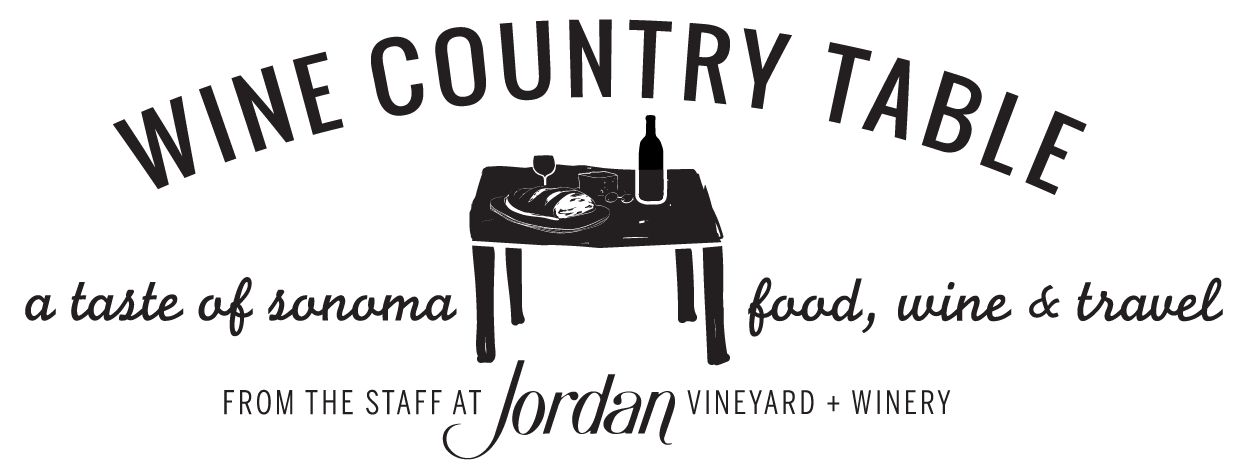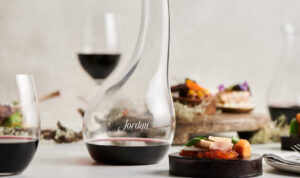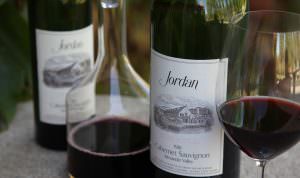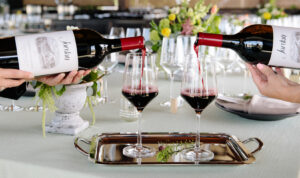
What Is Dry Red Wine? (Types and Characteristics)
When being offered wine, have you ever been asked if you’d like a sweet red wine or a dry red wine?
Many of the most iconic wines on the market are dry red wines, but if you’re new to wine, you might be unfamiliar with what these wines are, as well as what makes them unique. How is a dry red wine different from a sweet red wine?
Keep reading to learn more about dry red wine—what it is, what the best dry red wine types are and the perfect pairings for your next meal.
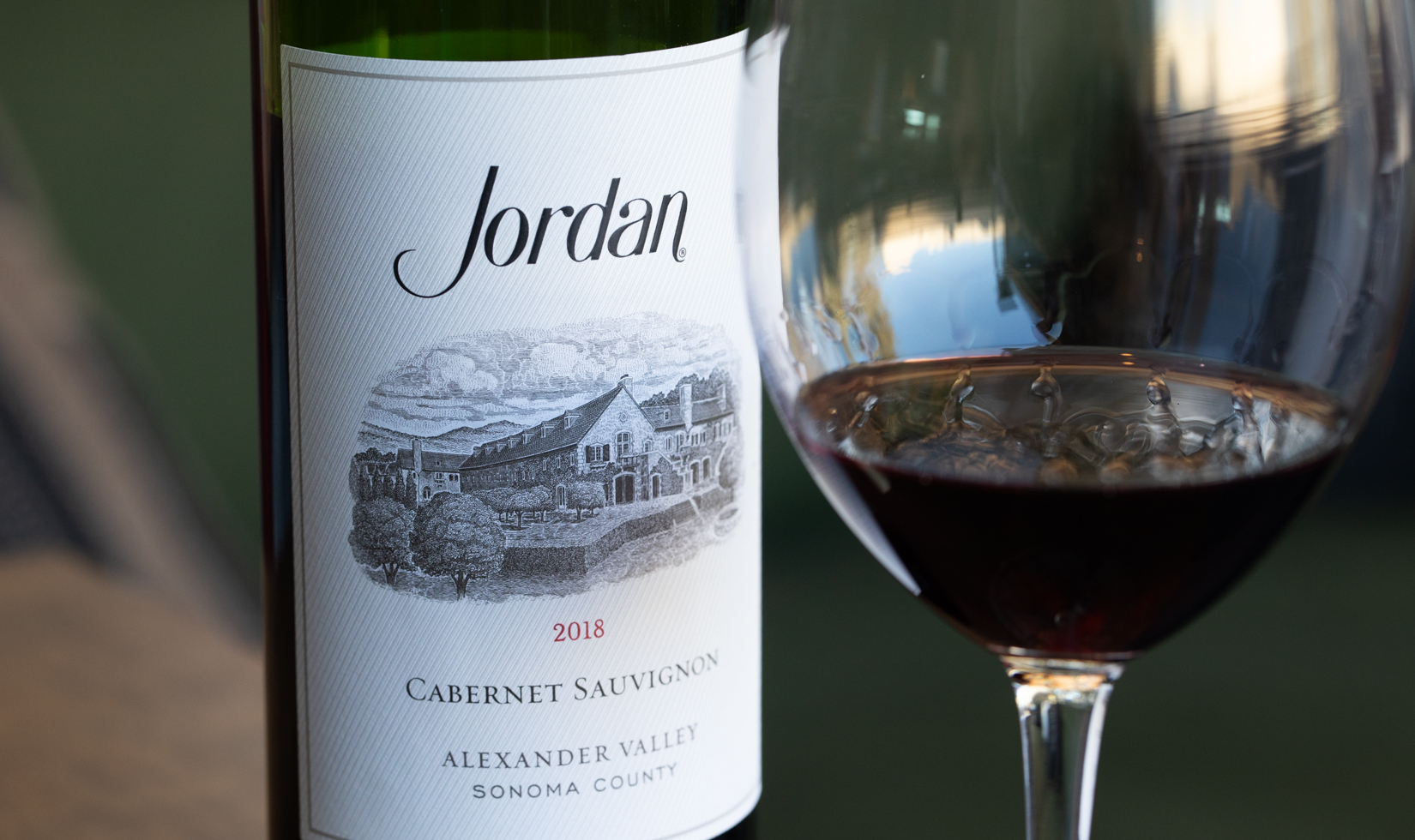
What Is Dry Red Wine?
For new wine drinkers, the concept of dry red wine is a confusing one. How can wine be dry?
When a wine is dry, it simply means that it has extremely low levels of sugar. This happens when there is little residual sugar remaining in the wine after the fermentation process has been completed.
Thus, red wines tend to fall into one of two camps: sweet red wines and dry red wines.
Today, we want to dive into dry red wines. Some of our favorite wines of all time are dry red wines, and they’re a staple of our own personal wine collections.
Dry red wines are generally known for their rich, bold flavors and complex, unique character. With little to no residual sugar, they offer a structured, refined profile that leans toward intensity without veering into bitterness.
Each of the dry red wine types is unique, as each specific set of winemaking techniques and variety of red grapes used will yield different results.
Types of Dry Red Wine
There are a number of different wines that you can reach for when the craving for a glass of dry red wine hits. Here are a few of our favorite choices.
Cabernet Sauvignon
Perhaps the most iconic dry red wine of all, cabernet sauvignon is an excellent choice for new wine drinkers who want to experience dry red wine in its truest form.
Bold, full-bodied and filled with intense flavors, cabernet sauvignon is known for its high tannin content, which gives the wine a deep complexity. While each bottle is different depending on the style of the winemaker, you’ll likely taste notes of dark fruits and vibrant spices.
Pinot Noir
A more light-bodied wine than many dry red varieties, pinot noir is known as one of the most exquisite wines in the world. Hailing originally from Burgundy, France, pinot noir is known for its high acidity and many layers of complexity, showcasing earthy notes of spices, dark fruits and vanilla.
This red wine features a silky texture and lovely, delicate nature that has beautiful aging potential.
Merlot
There are many reasons to love merlot, but it’s the wine’s versatility that keeps us coming back again and again. Rich and smooth, merlot is able to be paired with a wide variety of dishes, from hearty meats and smoky vegetables to mouth-watering desserts like chocolate lava cake.
A beautifully balanced wine, you’ll find that merlot is a happy medium between many of the most beloved dry red wines. Full-bodied without being overwhelming and featuring a medium acidity that’s refreshing without being a shock to the system, it’s a good wine for new wine enthusiasts to enjoy.
Syrah
If you like your wine savory and smoky, syrah will quickly become your go-to choice to fill your glass. Intense, bold and powerful, this dry red wine doesn’t hold back—and we love it for it.
Syrah is an exceptionally dark wine, with a high alcohol content. It’s full-bodied, with rich tasting notes of dark fruit, herbs, sweet tobacco and peppery spices.
Malbec
A smooth, fruity wine that doesn’t get the appreciation it deserves, malbec is a dry red wine commonly produced in Argentina. It’s less acidic than many dry red wines, with moderate to high tannins.
Deep fruit flavors are showcased beautifully in malbec, with a unique chocolatey finish. You’ll recognize this wine by its stunning purple color!
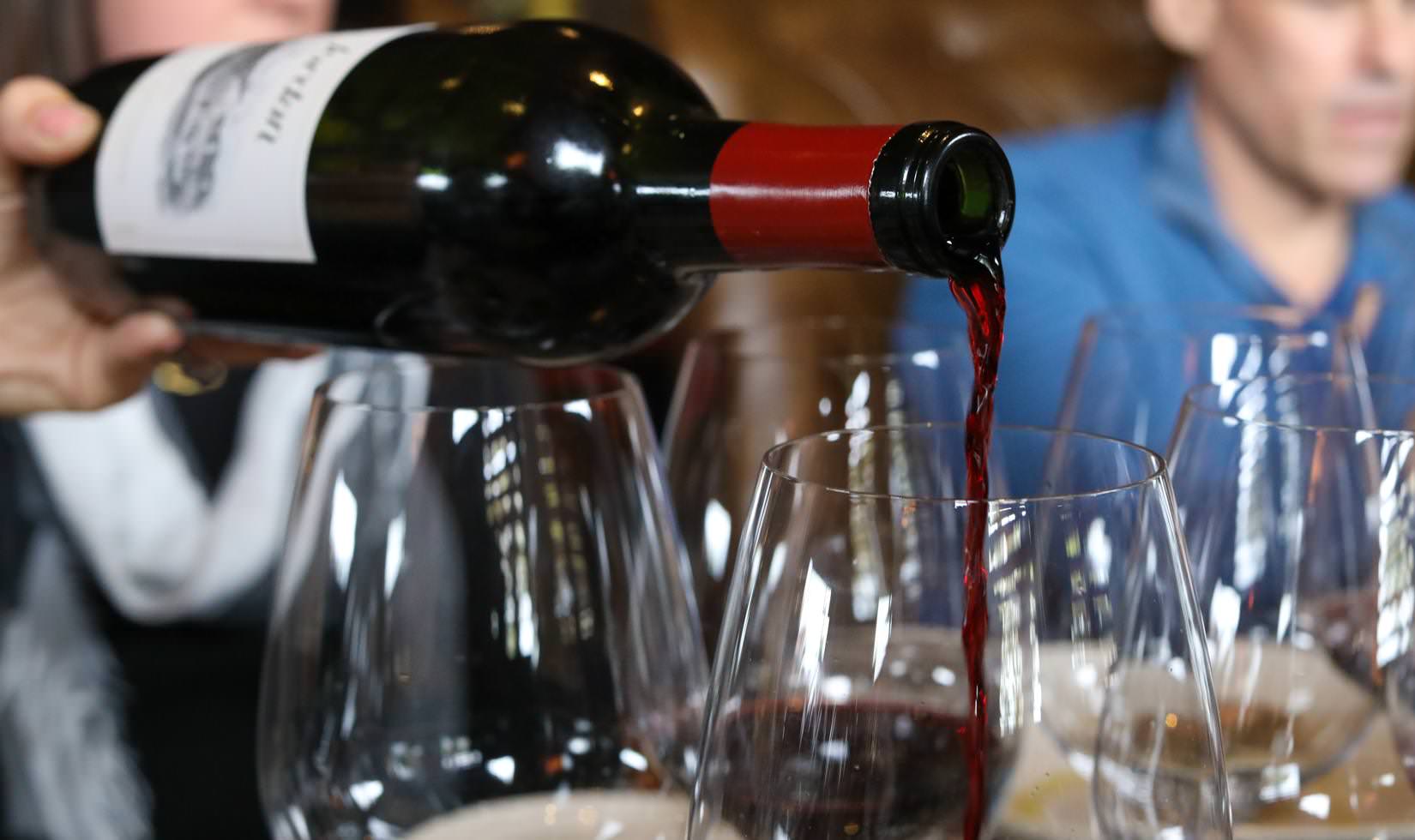
How to Choose the Best Dry Red Wine for You
You’re convinced that it’s time to begin incorporating dry red wine into your life—but with so many options, where do you begin in selecting the right dry red wine for you?
Much of the decision comes down to personal preference—however, there are a few key considerations to keep in mind.
First, how do you plan to use the wine? Dry red wine is often used in recipes, in which case it’s a good idea to go with a classic—try cooking with a cabernet sauvignon or merlot.
If you plan to drink wine with friends and family, however, you can make your selection purely based on your own wine preference. Do you like a bold, powerful wine like a syrah, or do you prefer a more subtle, elegant merlot? Do you like your wines acidic, or do you crave a lower acidity? If you plan to host, cabernet sauvignon is always a universal crowd pleaser, but at the end of the day, you really can’t go wrong.
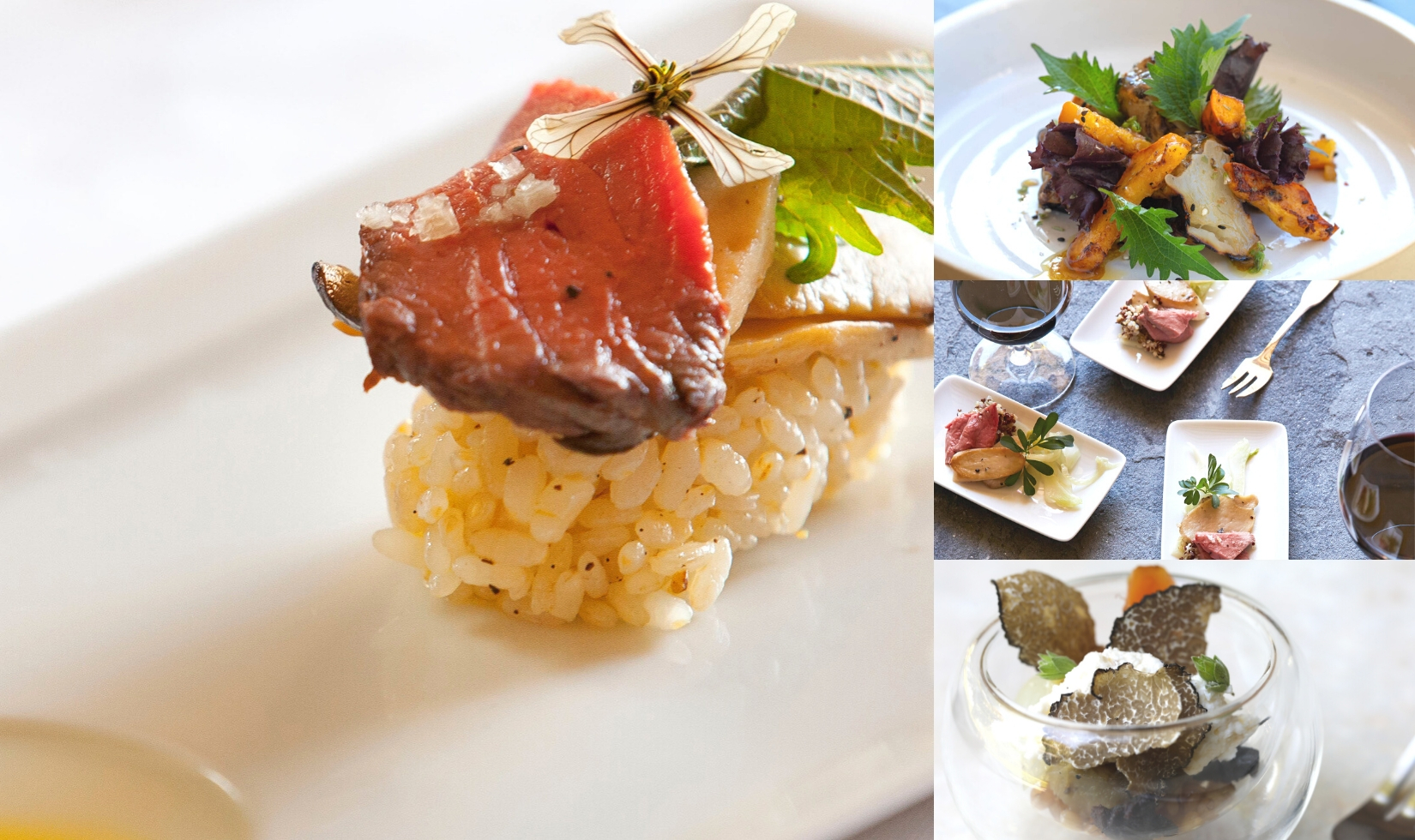
Popular Dry Red Wine Pairings
Dry red wines are a favorite choice to serve at dinner parties, as they pair well alongside a number of different appetizers and entrées. The right pairing will not only seamlessly tie both food and wine together, but bring out the best flavors of each.
Here are a few of our favorite dry red wine pairings from our own table:
Beef Nigiri with Wild Mushrooms and Grilled New York Steak
It’s impossible to talk about dry red wine pairings without mentioning steak, but this beef nigiri recipe provides a unique take on the classic favorite. Crafted with sushi rice, New York strip steak, mushrooms, and ground pepper, this recipe pairs perfectly with a glass of cabernet sauvignon or pinot noir.
Tomato Fondue
When tomato season reaches its peak, pair your favorite dry red wine with a delicious tomato fondue. Rich and creamy, this recipe calls for roasting your vegetables to develop a charred, smoky flavor before blending and straining. Jordan’s Executive Chef, Jesse Mallgren, recommends crafting your fondue with tofu instead of cream to allow the vibrant tomato flavor to truly shine.
Beef & Chicken Winter Pho
Looking for the perfect meal to enjoy for a cozy night in? A traditional Vietnamese dish, pho is uniquely suited to serve alongside dry red wine as it offers complexity and spice that compliments dry red wine beautifully. It’s no secret that red wine is ideal to pair with umami flavors, and the mushrooms, beef and chicken stock of this recipe are a great savory choice to help you craft a comforting meal for cold winter nights.
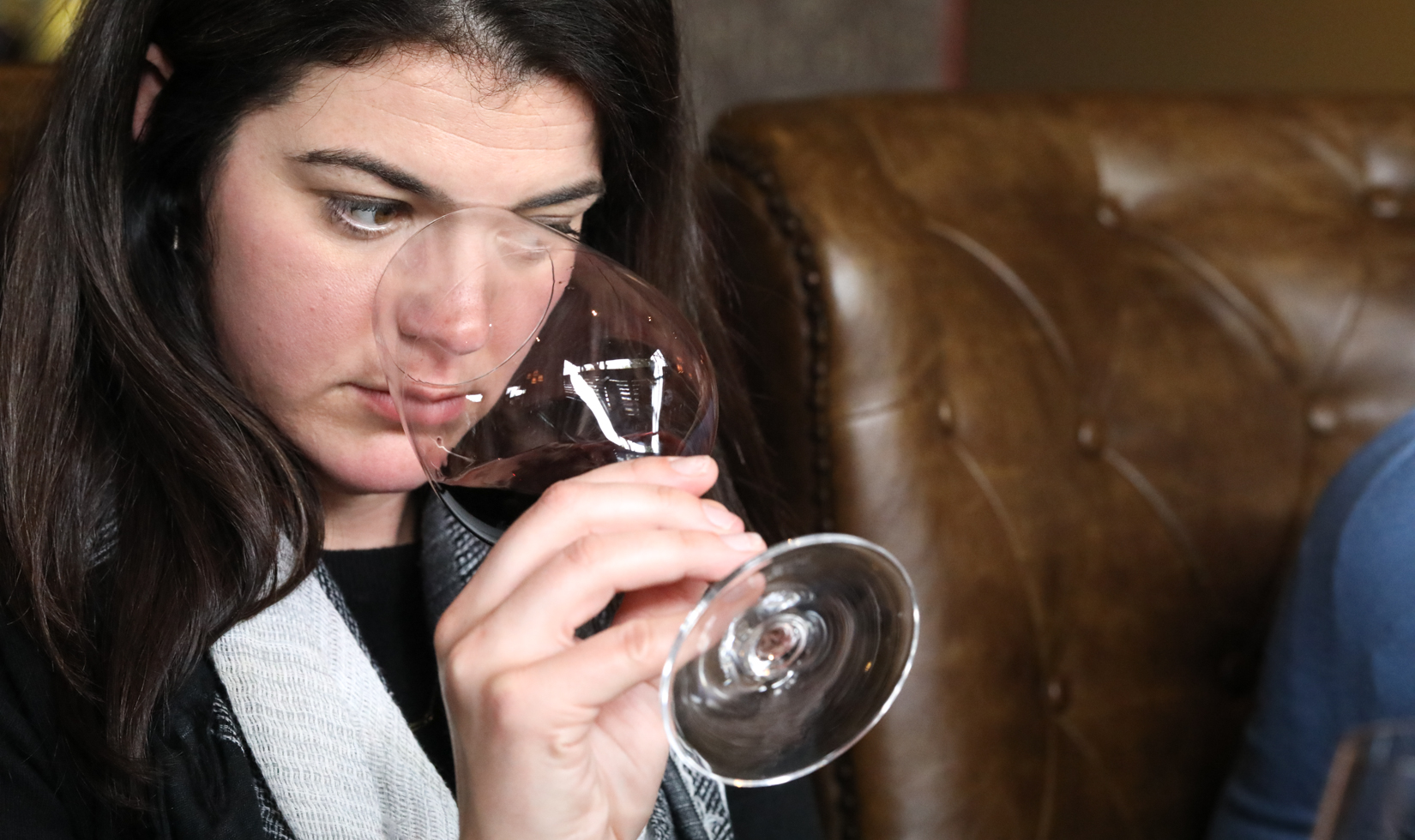
FAQs: Everything You Need to Know About Dry Red Wine
Still curious? Here are a few of our most frequently asked questions regarding dry red wine.
What are common characteristics of dry red wine?
Dry red wines can showcase bold flavors, moderate to high tannins and varying levels of alcohol, depending on the grape variety and winemaking style.
Do I need to decant dry red wine?
While each wine is unique, many dry red wines benefit from decanting anywhere from 15 minutes to two hours before drinking. This allows the wine to properly aerate, softening the wine’s tannins and releasing the bold flavors to greater fullness.
Does dry red wine age well?
Yes, dry red wine can age beautifully. While each wine is unique, most have an ideal aging potential of 10-20 years, with higher acidity and tannin structure contributing to greater longevity. Bottle size also plays a role—larger formats like magnums and 3L bottles often allow for extended aging and enhanced complexity over time.
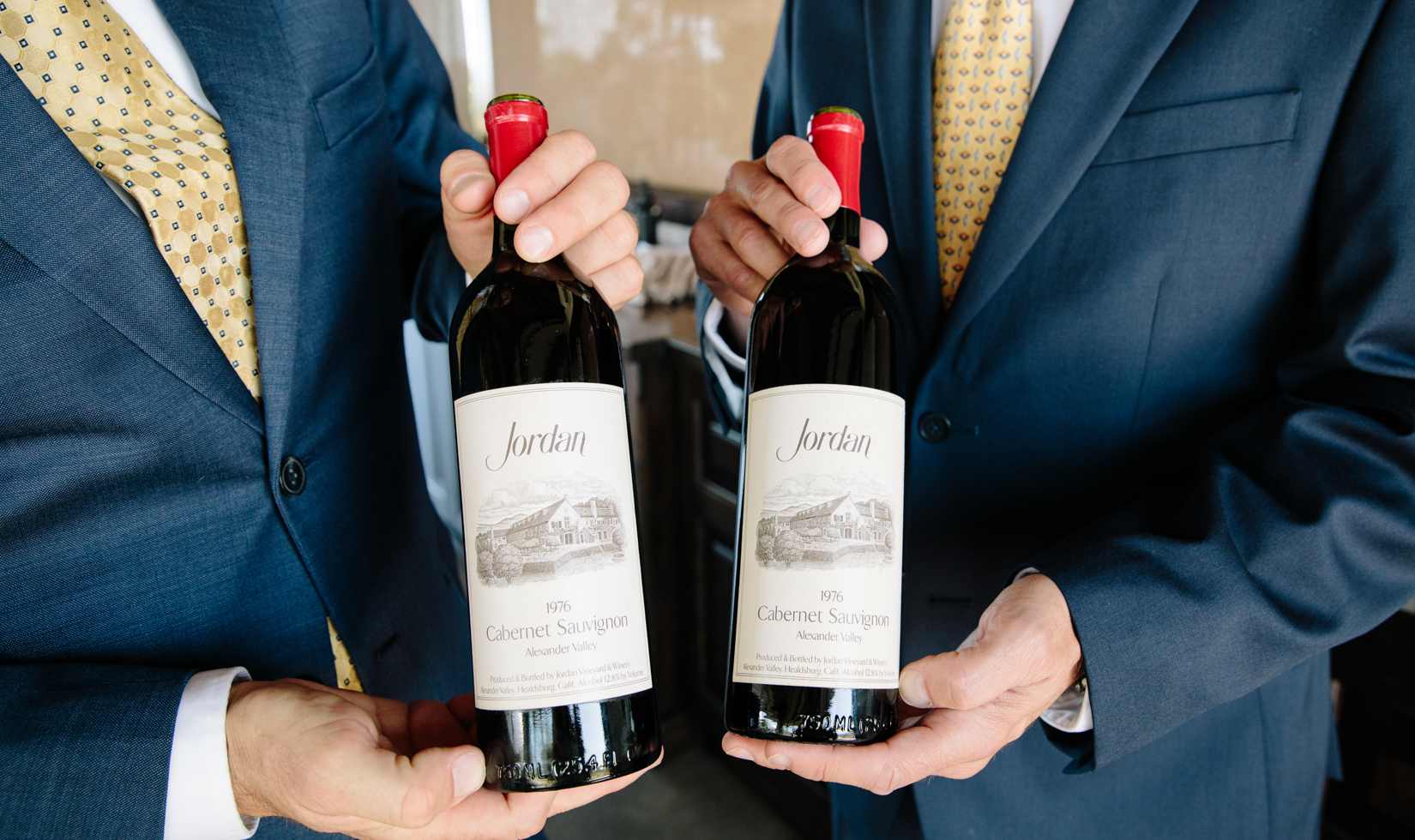
Enjoy a Glass of Dry Red Wine
With their savory flavors and rich complexity, dry red wines are the perfect choice to serve alongside your favorite red meats or enjoy on their own on a cold winter’s night.
Savor the finest dry red wine in Sonoma with a glass of Jordan Cabernet Sauvignon. Whether you’re a seasoned enthusiast or new to wine, vintages spanning 2003 to 2020 online offer an unparalleled harmony of fruit, tannin and depth—delivering a tasting experience like no other.
